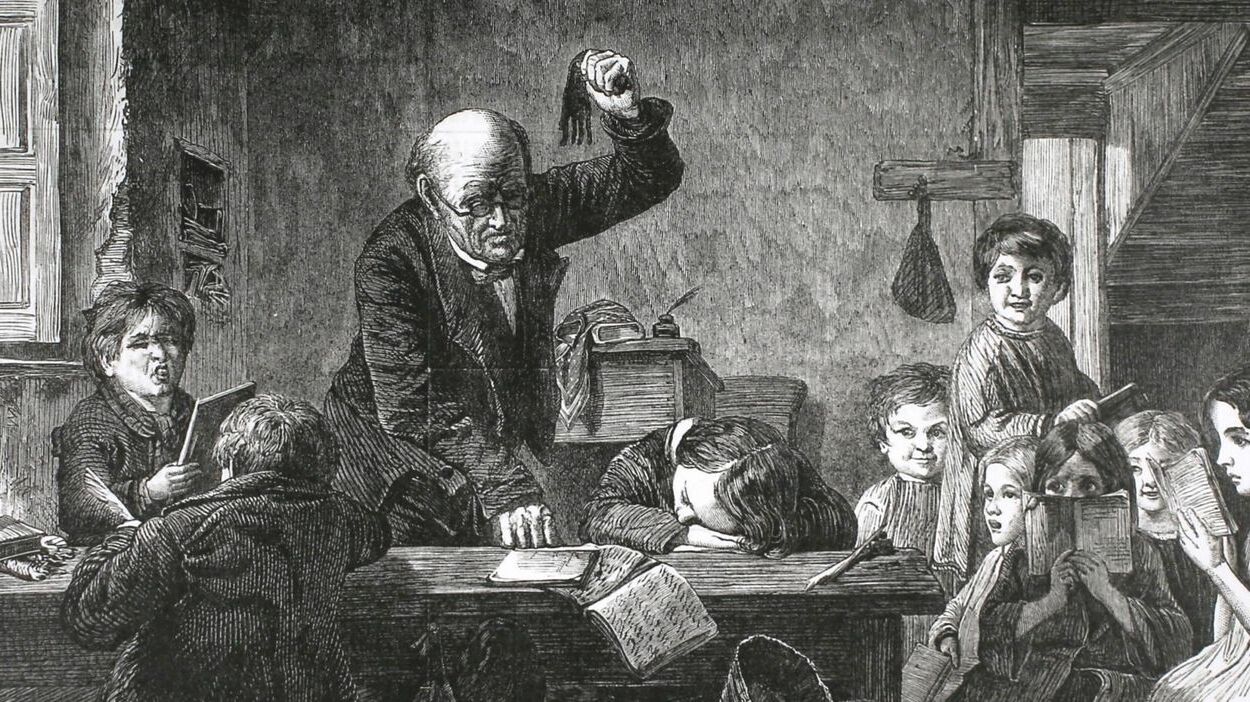
Who was the Whipping Boy? Imagine being punished for someone else's mistakes. That's exactly what a whipping boy experienced. In medieval times, a whipping boy was a young servant assigned to a prince or noble child. When the royal child misbehaved, the whipping boy received the punishment instead. This practice aimed to teach the royal child responsibility and empathy, as they would feel guilty seeing their friend suffer. The whipping boy often became close to the prince, sharing lessons and secrets. While it seems unfair today, this historical role highlights the unique ways societies have tried to instill discipline and moral values.
Key Takeaways:
- Whipping boys were noble children who took punishments for royal kids. They formed close bonds and influenced princes, but the practice faded as attitudes toward punishment changed.
- The term "whipping boy" is still used today to describe someone blamed for others' mistakes. It has left a lasting impact on culture, language, and modern references.
The Origin of the Whipping Boy
The term "whipping boy" has an intriguing history. It dates back to a time when royal children were treated quite differently from commoners.
- 01
Whipping boys were used in the 16th and 17th centuries. Royal children were considered too important to be punished directly, so another child would take the punishment for them.
- 02
The concept originated in England. It was a practice primarily seen in the English court, where the king's son would have a whipping boy.
- 03
Whipping boys were usually of noble birth. They were often chosen from noble families to ensure they had a close relationship with the prince.
- 04
The role was both a punishment and a privilege. Despite the physical punishment, whipping boys often received a good education and formed close bonds with the royal family.
The Role and Responsibilities
Whipping boys had specific duties and responsibilities. Their role went beyond just taking punishments.
- 05
They were companions to the prince. Whipping boys spent a lot of time with the prince, playing and studying together.
- 06
They were educated alongside the prince. This ensured they were always present and could be punished if the prince misbehaved.
- 07
They had to be loyal and trustworthy. The relationship between the prince and the whipping boy was built on trust and loyalty.
- 08
They often acted as confidants. Princes would confide in their whipping boys, sharing secrets and personal thoughts.
Famous Whipping Boys
Some whipping boys became well-known due to their close association with royalty.
- 09
William Murray was a whipping boy for Charles I. He later became the Earl of Dysart and a trusted advisor to the king.
- 10
Barnaby Fitzpatrick served Edward VI. He remained a close friend and was even knighted by Edward.
- 11
James Hamilton was the whipping boy for Charles II. He later became the Duke of Hamilton and a prominent political figure.
The End of the Practice
The use of whipping boys eventually faded away as attitudes toward punishment and education changed.
- 12
The practice declined in the 18th century. Changes in educational methods and attitudes toward corporal punishment led to its decline.
- 13
Enlightenment ideas influenced the change. The Enlightenment brought new ideas about individual rights and the treatment of children.
- 14
Royal children began to be punished directly. As the idea of personal responsibility grew, royal children were no longer exempt from punishment.
- 15
The role became obsolete. By the 19th century, the concept of a whipping boy had disappeared entirely.
Cultural Impact
The idea of a whipping boy has left a lasting impact on culture and language.
- 16
The term "whipping boy" is still used today. It refers to someone who is blamed or punished for the mistakes of others.
- 17
Literature has explored the concept. Books like "The Whipping Boy" by Sid Fleischman have brought the idea to a wider audience.
- 18
The concept appears in movies and TV shows. Various media have depicted whipping boys, highlighting their unique role in history.
- 19
It has influenced modern education. The idea of not punishing one child for another's mistakes is now a fundamental principle in education.
Misconceptions and Myths
There are several misconceptions and myths surrounding whipping boys.
- 20
Not all royal children had whipping boys. The practice was not universal and was more common in certain periods and regions.
- 21
Whipping boys were not always mistreated. While they did receive punishments, they were often well-treated and respected.
- 22
The relationship was complex. It was not just about punishment; it involved friendship, loyalty, and mutual respect.
- 23
Whipping boys could refuse the role. In some cases, families could decline the position if they felt it was not in their child's best interest.
Modern References
The concept of a whipping boy continues to be referenced in various contexts.
- 24
Business and politics use the term. It is often used to describe someone who takes the blame for others' mistakes in these fields.
- 25
Psychology explores the idea. The concept is studied in relation to scapegoating and group dynamics.
- 26
Education systems reject the practice. Modern education emphasizes personal responsibility and fairness, rejecting the idea of punishing one for another's actions.
- 27
The term appears in everyday language. People use "whipping boy" to describe situations where someone is unfairly blamed.
Interesting Facts
Here are some additional intriguing facts about whipping boys.
- 28
They sometimes received rewards. Whipping boys could be rewarded with gifts or titles for their service.
- 29
They had a unique social status. Their close relationship with royalty gave them a unique position in society.
- 30
The practice was controversial. Even at the time, some people questioned the fairness and morality of using whipping boys.
- 31
Whipping boys could influence the prince. Their close bond allowed them to have some influence over the prince's behavior and decisions.
- 32
They were part of a larger educational system. Whipping boys were just one aspect of the complex education system for royal children.
- 33
The practice varied by country. Different countries had different approaches to the use of whipping boys.
- 34
They sometimes became lifelong friends. The bond formed during childhood often lasted into adulthood.
- 35
Whipping boys had to be resilient. The physical and emotional demands of the role required a strong character.
- 36
They were part of royal households. Whipping boys lived and worked within the royal household, becoming part of its daily life.
- 37
The role has been romanticized. Literature and media have sometimes romanticized the relationship between princes and their whipping boys.
- 38
The concept challenges modern views. The idea of a whipping boy challenges modern views on punishment, responsibility, and education.
Final Thoughts on Whipping Boys
Whipping boys played a unique role in history, serving as stand-ins for royal children during punishments. This practice highlighted the stark differences in social classes and the lengths taken to protect royalty. While it might seem strange today, it was a common method to ensure princes learned discipline without facing direct harm. Understanding this practice gives us a glimpse into the complexities of historical education and royal upbringing. It also reminds us how societal norms and values have evolved over time. Whipping boys, though a product of their era, offer a fascinating look into the past. Their stories, though often overlooked, are a testament to the unique and sometimes harsh methods used to shape future leaders. As we reflect on these facts, we gain a deeper appreciation for the progress made in child welfare and education.
Frequently Asked Questions
Was this page helpful?
Our commitment to delivering trustworthy and engaging content is at the heart of what we do. Each fact on our site is contributed by real users like you, bringing a wealth of diverse insights and information. To ensure the highest standards of accuracy and reliability, our dedicated editors meticulously review each submission. This process guarantees that the facts we share are not only fascinating but also credible. Trust in our commitment to quality and authenticity as you explore and learn with us.


